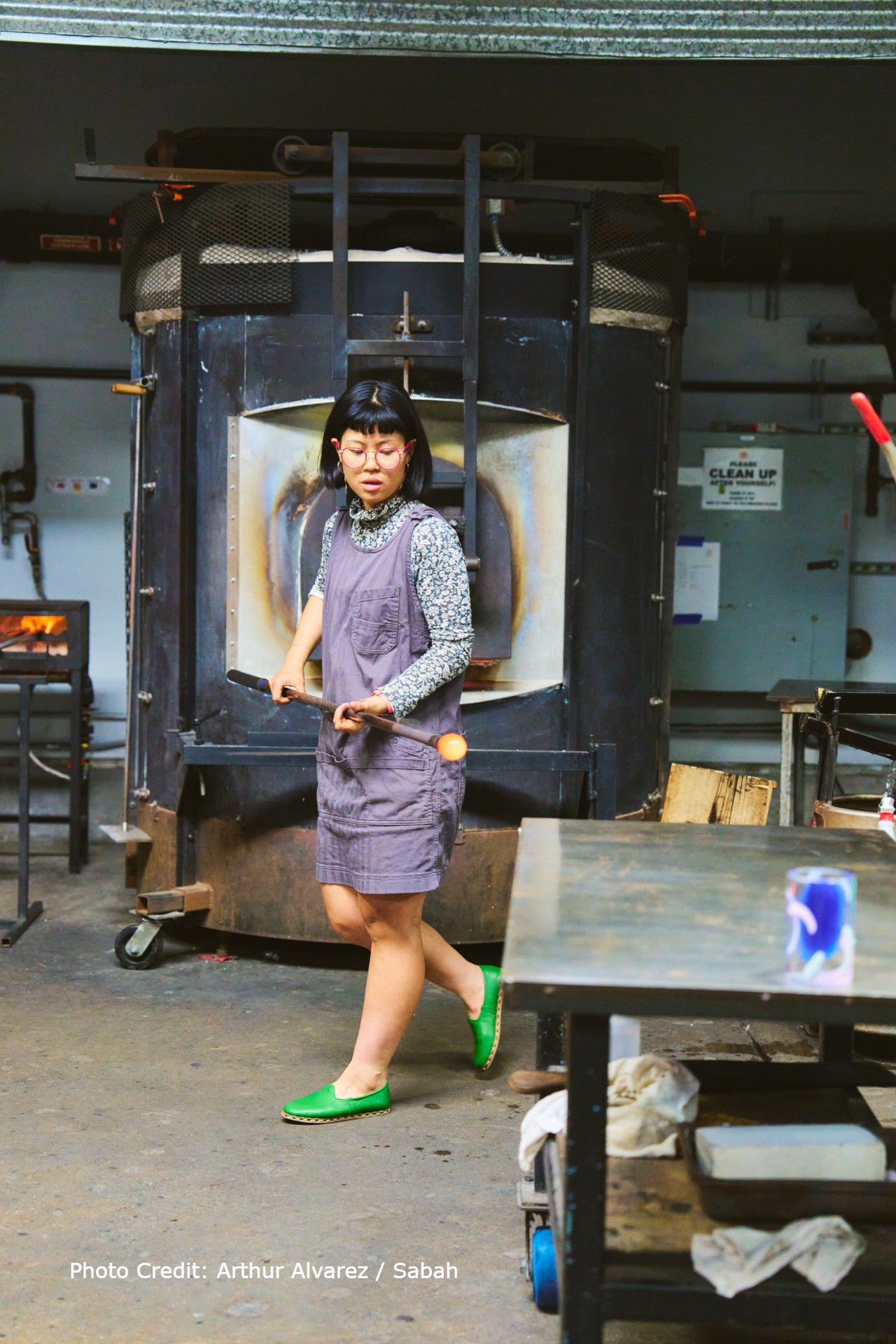We caught up with the brilliant and insightful Maria Enomoto a few weeks ago and have shared our conversation below.
Maria, looking forward to hearing all of your stories today. Can you tell us about a time that your work has been misunderstood? Why do you think it happened and did any interesting insights emerge from the experience?
I was once asked to fabricate a simple incense holder for a client to sell in their shop. I saw this as an opportunity to expand on what I had already been working on, and delivered the goods has requested. What seemed to be a simple transaction was not as it seemed. Months later, I receive an angry message from the client that they felt that I stole their idea and that I was unfairly profiting from their design by selling the incense holders to other people. When I attempted to clear the misunderstanding, they requested photographic proof that I had made these prior to when their request was made. I did not have “proof”, but I knew that this client was wrong. I dealt with weeks of regretting my previous communications by not acknowledging the fortuitous overlap in thinking of the same thing. I regretted my having lack of proof or documentation (I’m generally dry on photographing). It felt like all of my negative emotions were felt during this time of my life. It is both blood boiling and bewildering to have someone attack my integrity, while disrespecting my artistic decisions and ideas by claiming it as theirs. There was no concrete design input on behalf of the client — just that it had to be spherical, stable, and colorful. Prior, I made the incense holders with specific decisions on the size, the colors and how it was to be achieved on a technical level, and how it was to sit. The shape is not complicated, but they are made with specificity. It was incredibly offensive and hurtful to have someone else claim ownership of my work. Although I do believe that this is a client specific incident, I’ve made changes in my communications so that misunderstandings are less likely to happen. Since then, whenever I work with new clients, I’ve grown proactive about setting early expectations and boundaries about language regarding collaboration, exclusivity, and design rights. Ultimately, I learned a valuable lesson on how there is no harm in over communication, because it’s a way in which each party can be set up for success. At times, I find it hard to be a self advocate in working with other people because I’m naturally shy, but I’ve learned that good communication is a learned skill, and it eases with practice. The other lesson I learned is that when a client comes to me, they desire to work with ME, specifically. I now know that I bring something special to the table, so I do my best to advocate for myself.
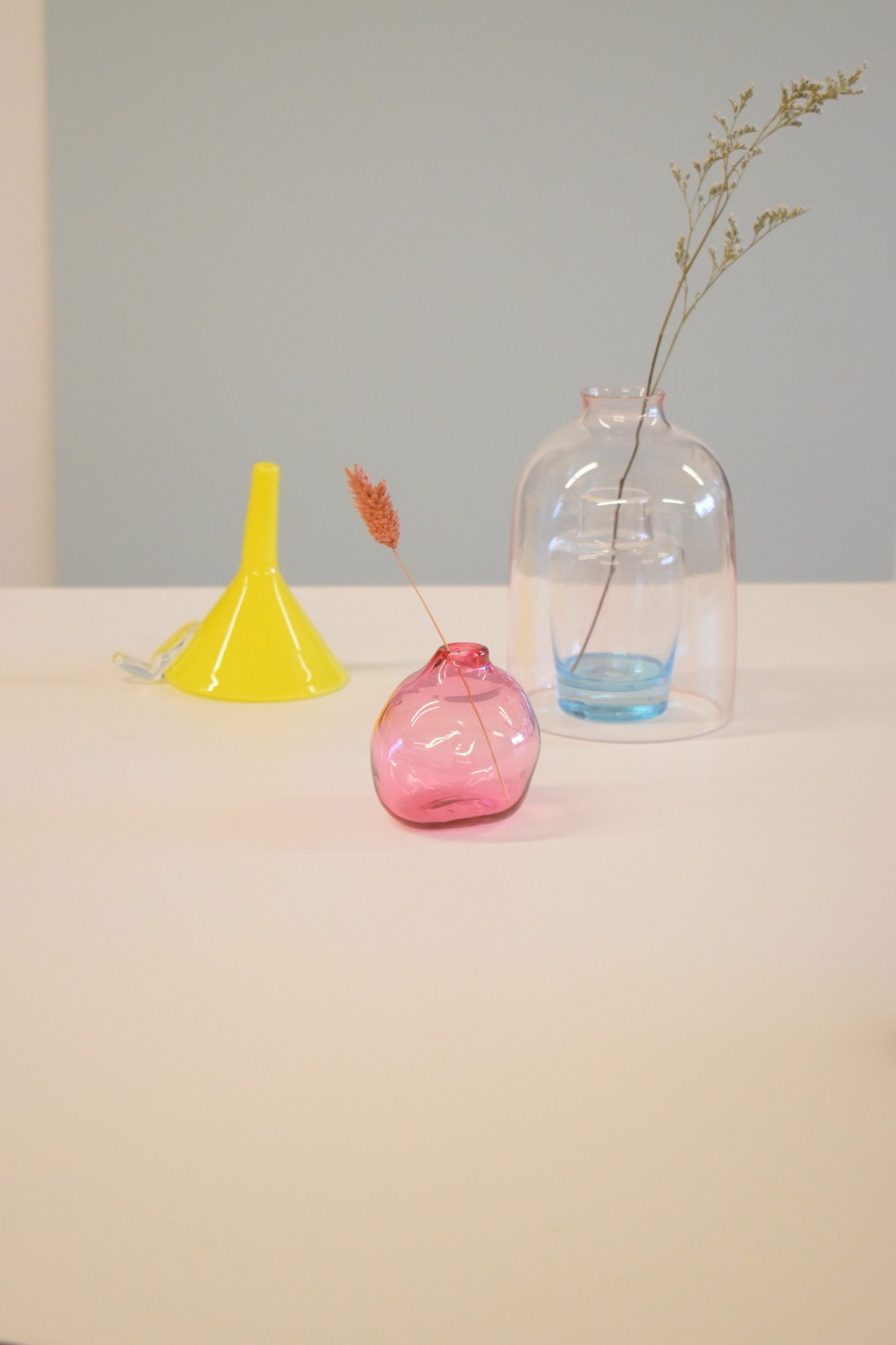
Maria, love having you share your insights with us. Before we ask you more questions, maybe you can take a moment to introduce yourself to our readers who might have missed our earlier conversations?
I graduated with a BFA in Glass from the Rhode Island School of Design. I currently live and work in Portland, Oregon where I mainly work in glass, but I dabble in ceramics and painting. I make work ranging from the functional to the decorative, and I’m most passionate about color. Within all of my chosen media, I am most interested in how colors manifest in various surfaces. My love for making one-of-a-kind works come from my love for how colors change under different circumstances. Especially in glass, there is a lot of variation to contend with, and instead of fighting it, I like to embrace it by trying to understand what the material wants to do over what I would like. I love the back and forth of reacting and responding to the material world. What sets me apart from other artists is perhaps my deep love for color. What’s interesting to me is not just color, but the ways in which colors are a result of reacting to its environment. There’s a kind of instability in colors because of how, say, metal oxides or pigments will react in a reductive or oxidative environment. As in glass, there’s also an element of the colors reacting to each other when they make contact. Not only that, there’s the element of transparency and opacity in glass, which is a great consideration when conceiving a work of interest. When I design something, I take a long time considering color. I work slowly, and I work deliberately, with the understanding that as an artist, I have the ability to make each object unique.
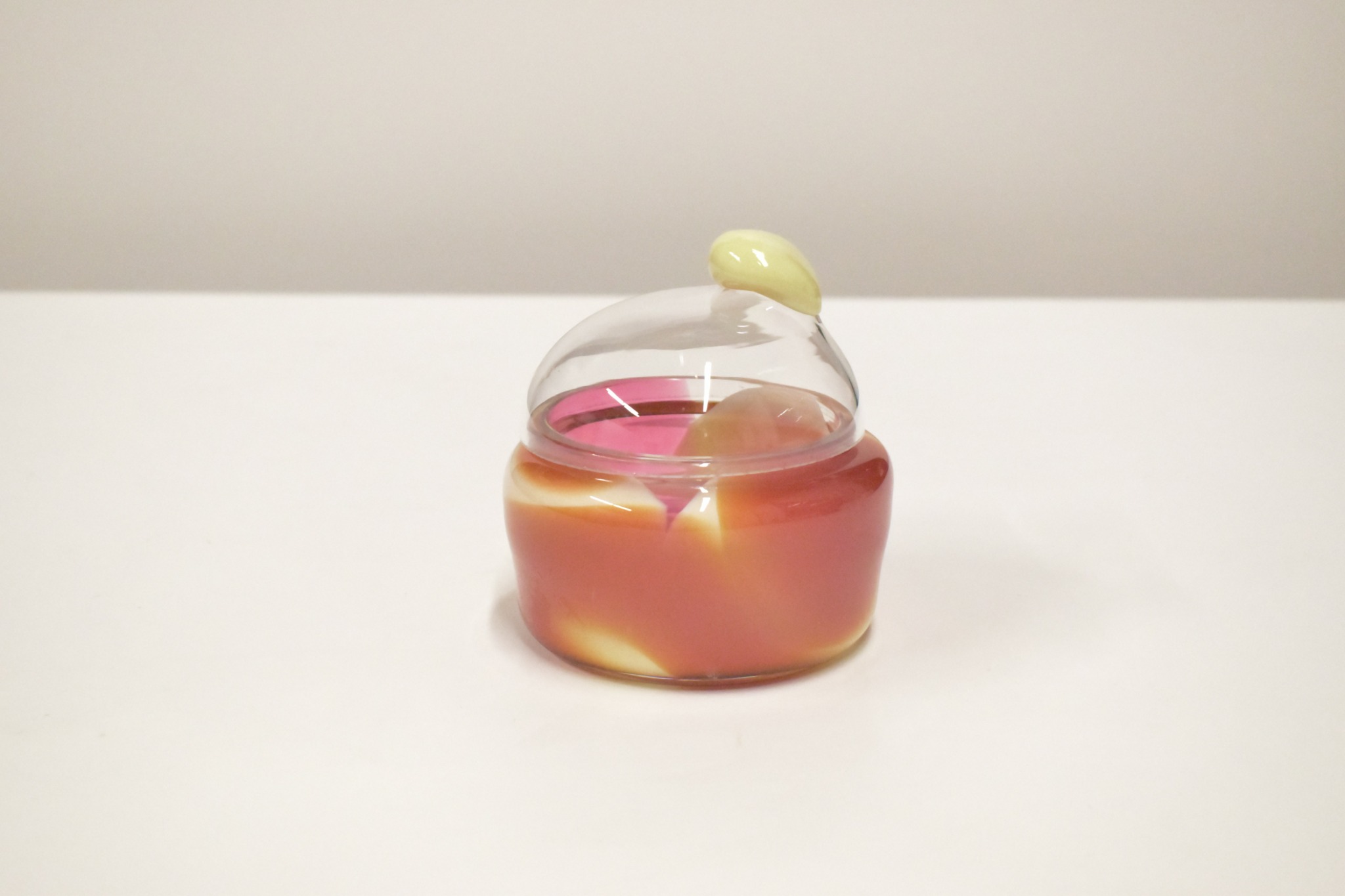
In your view, what can society to do to best support artists, creatives and a thriving creative ecosystem?
A creative ecosystem is a melding of various backgrounds, thoughts, and ideas. We need easier access to art, music, and performances. In schools, we can’t get rid of programs that help kids work with their hands and help with their creative muscles. Not everyone is going to grow up to be an artist, but if we can create opportunities in school or otherwise that fosters a lifelong appreciation and engagement in the arts, society will be better off.
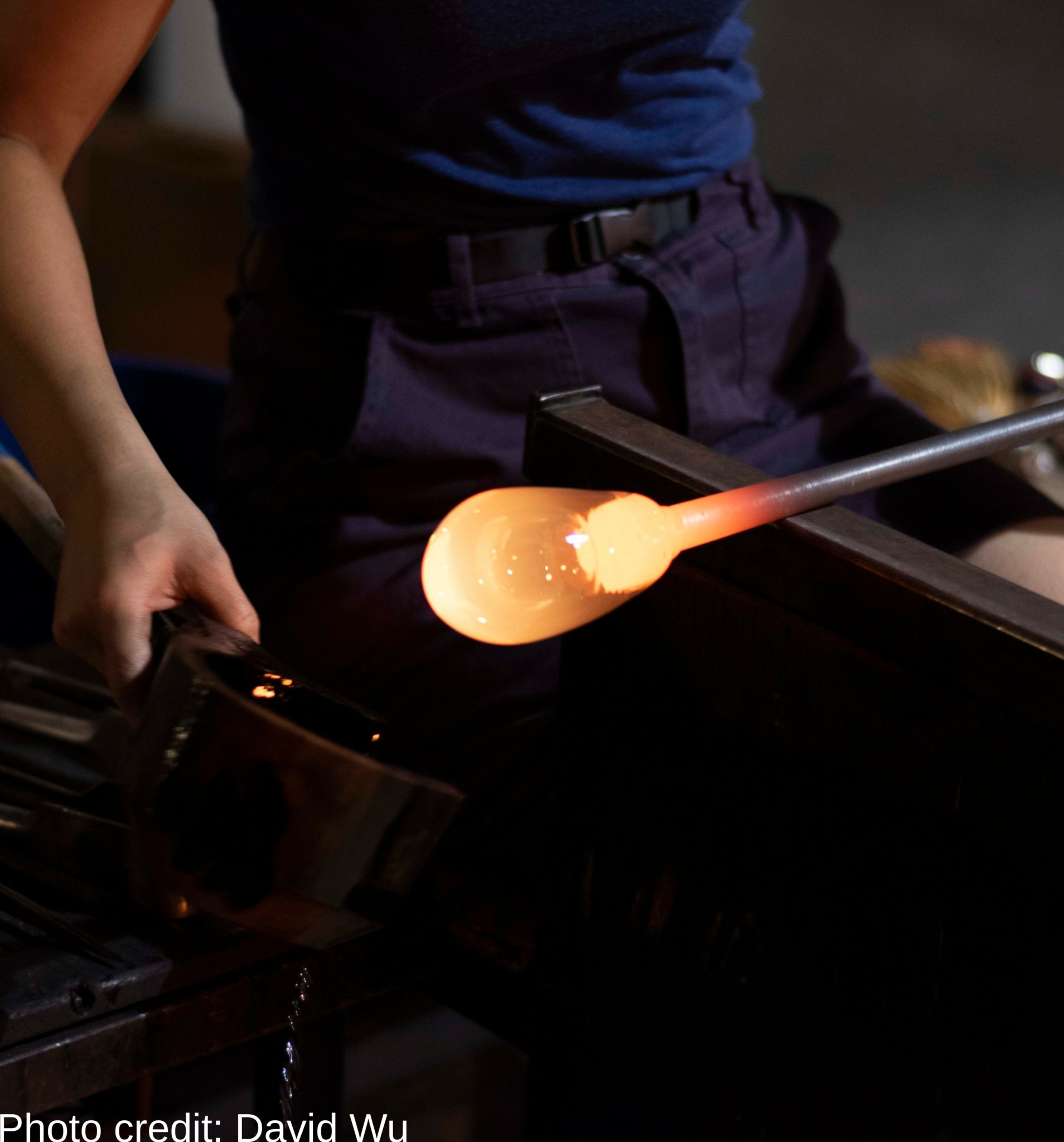
Is there something you think non-creatives will struggle to understand about your journey as a creative? Maybe you can provide some insight – you never know who might benefit from the enlightenment.
As a creative person, it’s really hard to price things. We typically cannot price work based on how long or how little it took to make. We may not value our time the same way that you value yours. We may not see the worth in our work because we get fixated on what is wrong. The creative process is something deeply personal and necessary for anyone who makes anything, where most endeavors are not straight forward. For every work of art we present, we are probably hiding a number of failures that it took to get us to the final piece. It’s hard enough to make anything. It’s even harder to present our work to the world with a price tag.
Contact Info:
- Website: https://www.mariaenomoto.com
- Instagram: maria_made_a_thing
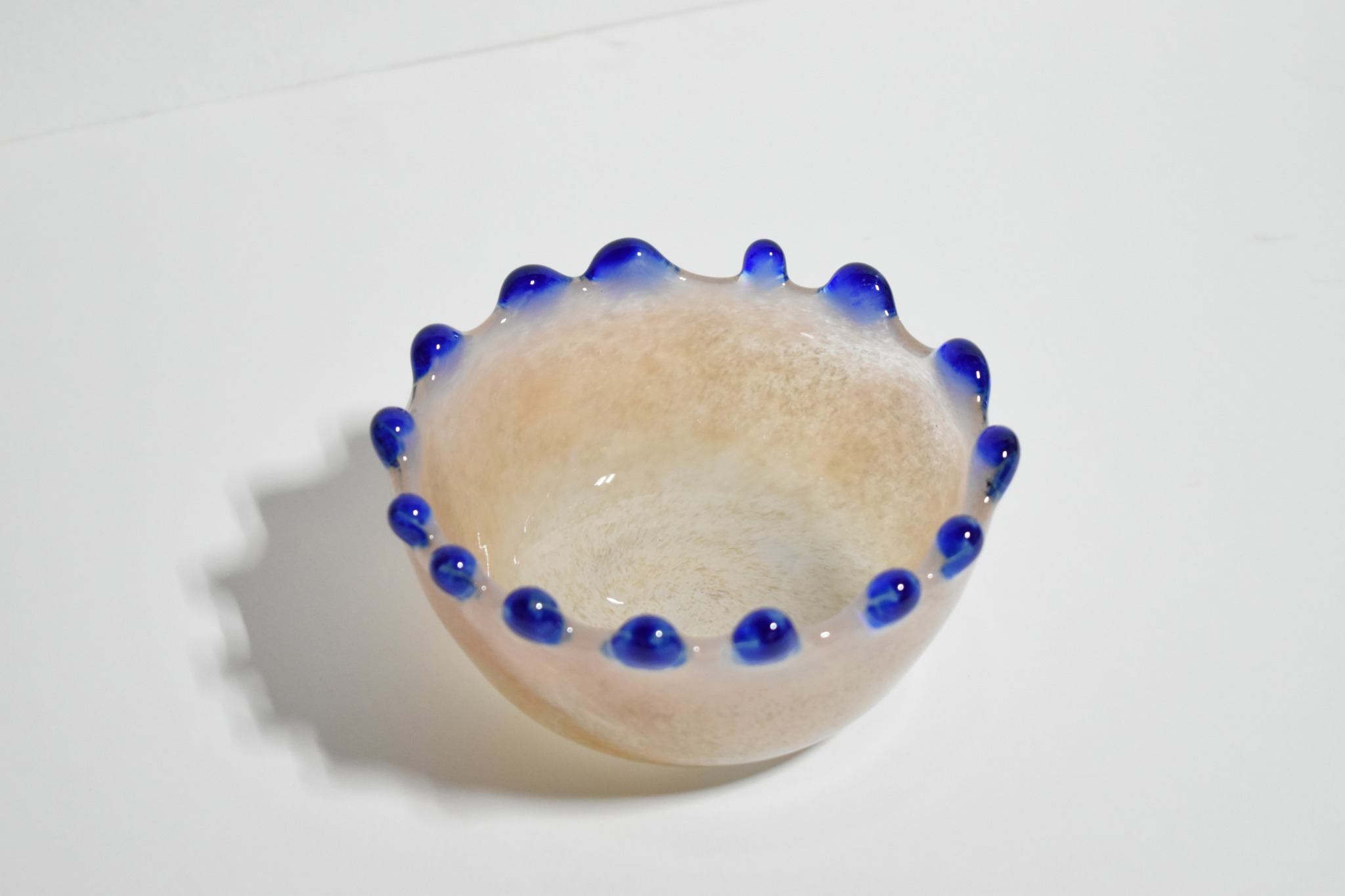
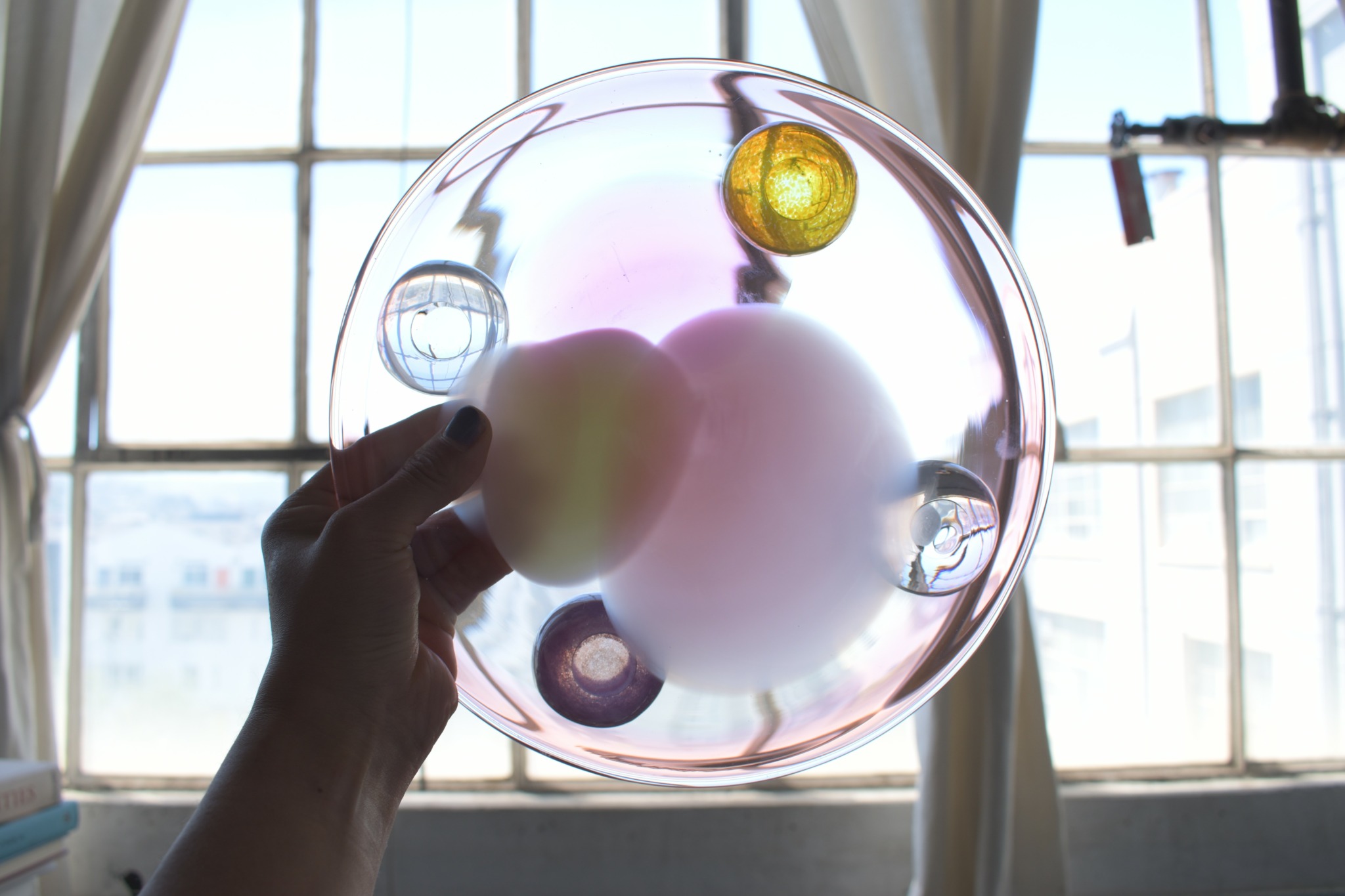
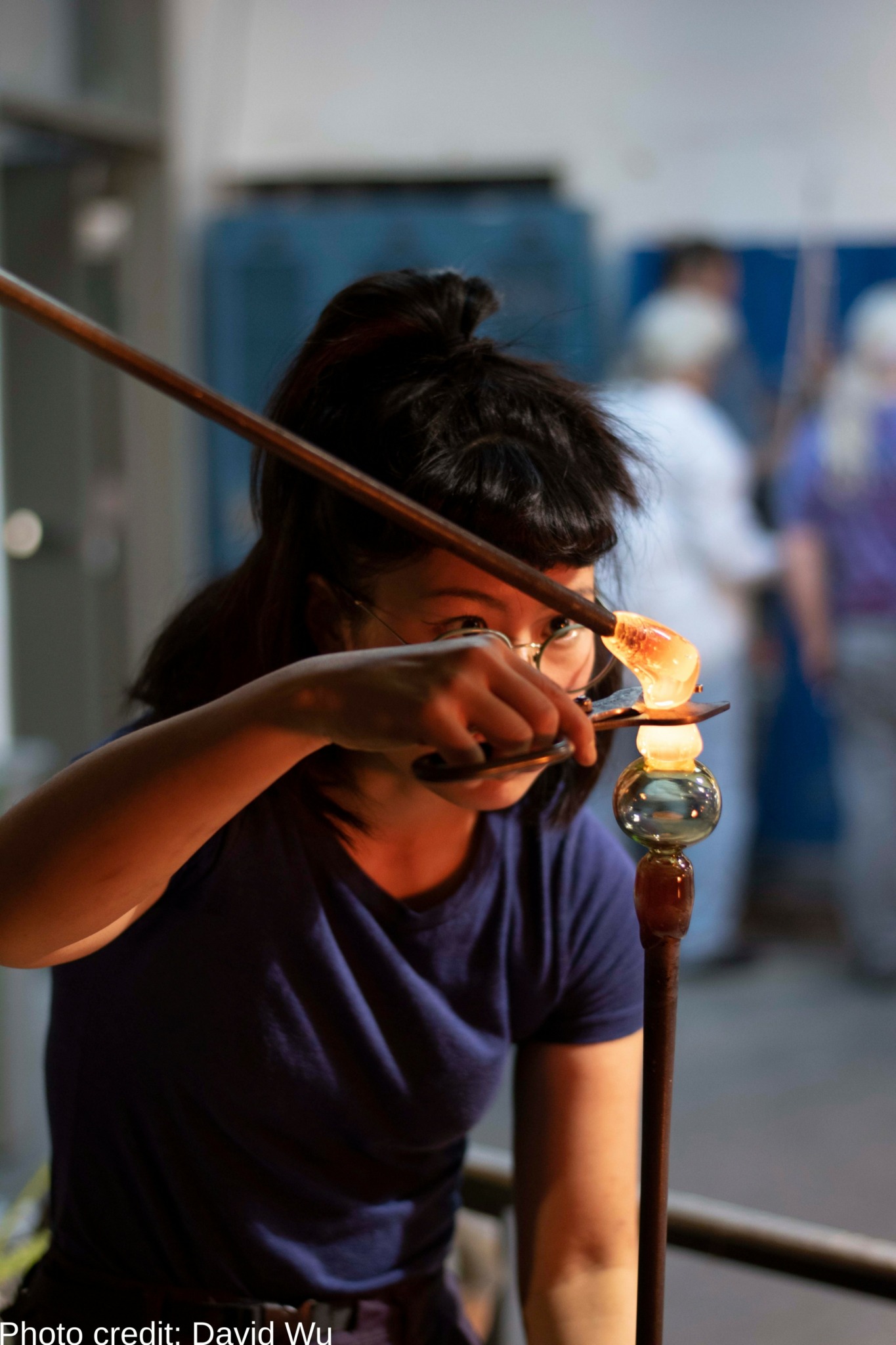
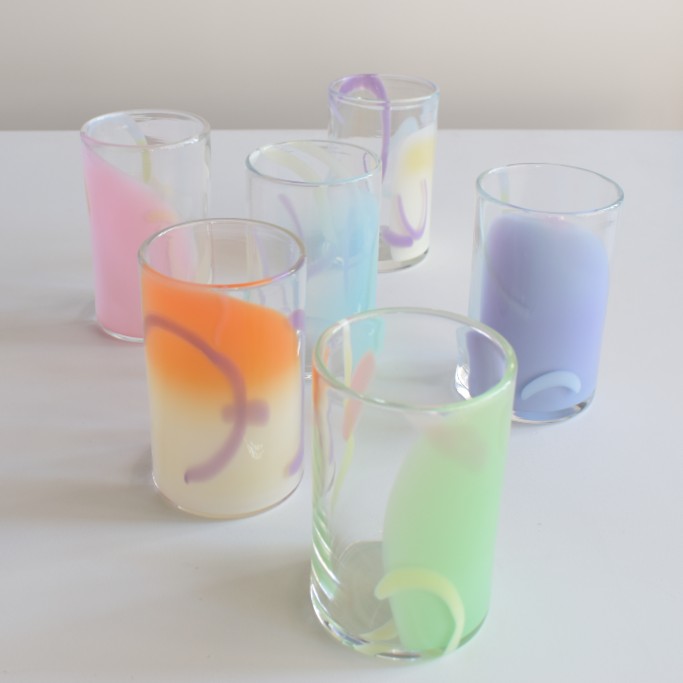
Image Credits
Maria Enomoto, David Wu, Arthur Alvarez


